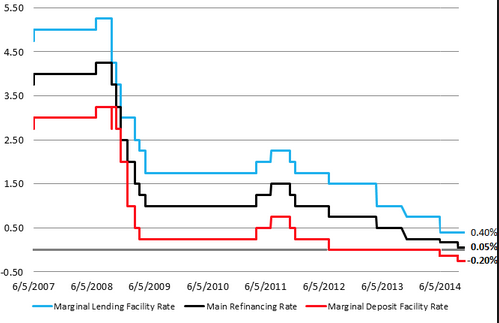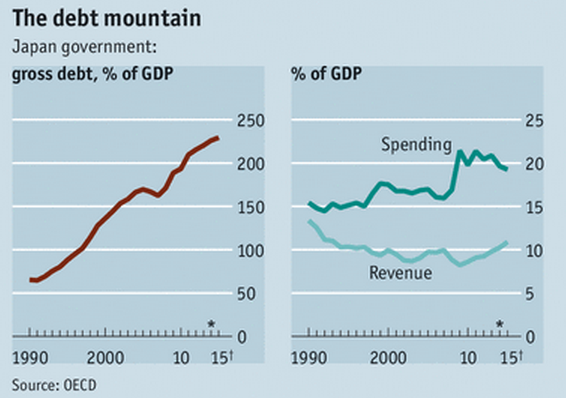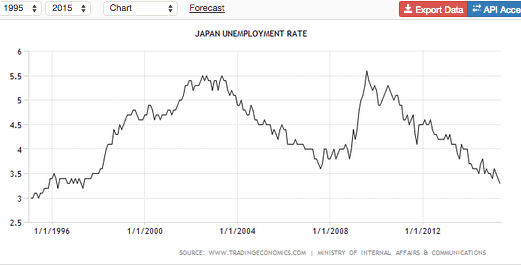Federal revenue in 2013
Jason Smith has a post that points to a very interesting fact about 2013—federal revenue from asset sales soared, primarily due to dividend payments by Fannie Mae and Freddie Mac. By my calculations the revenue from asset sales increased by about $111 billion, from $53.6 billion in 2012 to $164.7 billion in 2013. This is certainly a non-trivial portion of the $500 billion in deficit reduction that occurred during 2013, and in my view offers a far better argument than pointing to things like state and local government (which is just as endogenous to the Federal government as private investment.)
I don’t claim to understand the Keynesian model, so I won’t even pretend to comment on the importance of these payments. Until recently I thought Keynesians viewed deficit reduction done via reduced transfers and higher taxes as being “contractionary.” You know, the sort of austerity that you see in Greece. Now I’m not so sure what they think. FWIW, at the time Matt Yglesias thought these GSE dividends were a contractionary “disaster.”
The only problem is that this gusher of federal revenue is actually an economic disaster.
In normal times, government coffers filled with dividends would be good because they could be put to some use. The government could spend that money on building Hyperloops or repairing schools or vaccinating children. Alternatively, the government could do the exact same things it was doing before, but reduce taxes and put more money in working peoples’ hands. But that would require a functioning political system. Today’s gridlocked Congress isn’t doing anything with the money.
Still, under ordinary circumstances the reduced government borrowing that results from a dividend windfall could be useful. A smaller deficit often allows the Federal Reserve to run lower interest rates without sparking inflation. That makes it easier for people to buy houses or for firms to invest in new production. Today, though, the Fed’s preferred measure of inflation is running at its second-lowest level on record, even though short-term interest rates have been at zero for years now.
So the Treasury is earning tons of Fannie/Freddie money. But the profits aren’t letting us spend more, they aren’t letting us tax less, and they aren’t freeing up private investment capital either. They’re doing nothing. It’s as if the money were sitting around as cash in a storage locker somewhere.
PS. There are all sorts of “Ricardian equivalence” arguments as to why Matt might be wrong—that those payments to the Federal government don’t matter. But do Keynesians believe in Ricardian equivalence?
PPS. Yglesias also has an excellent new post on the Chinese stock market:
On the other hand, I should say that when I went to China in 2008 I heard from a lot of smart foreign observers that the country was in the midst of an unsustainable stimulus-driven boom that would surely crash someday soon. Now it’s seven years later, and all the smart foreign observers say China is in the midst of an unsustainable stimulus-driven boom that’s in the midst of collapsing. And since no country goes forever without an economic contraction, surely China really will see its long boom come to an end and the economy fall into recession one of these days. Maybe even tomorrow!
But it’s dangerous to be too confident you know what’s going on. Nobody really predicted the boom that’s unfolded over the past six months, so nobody really knows what the future holds.




